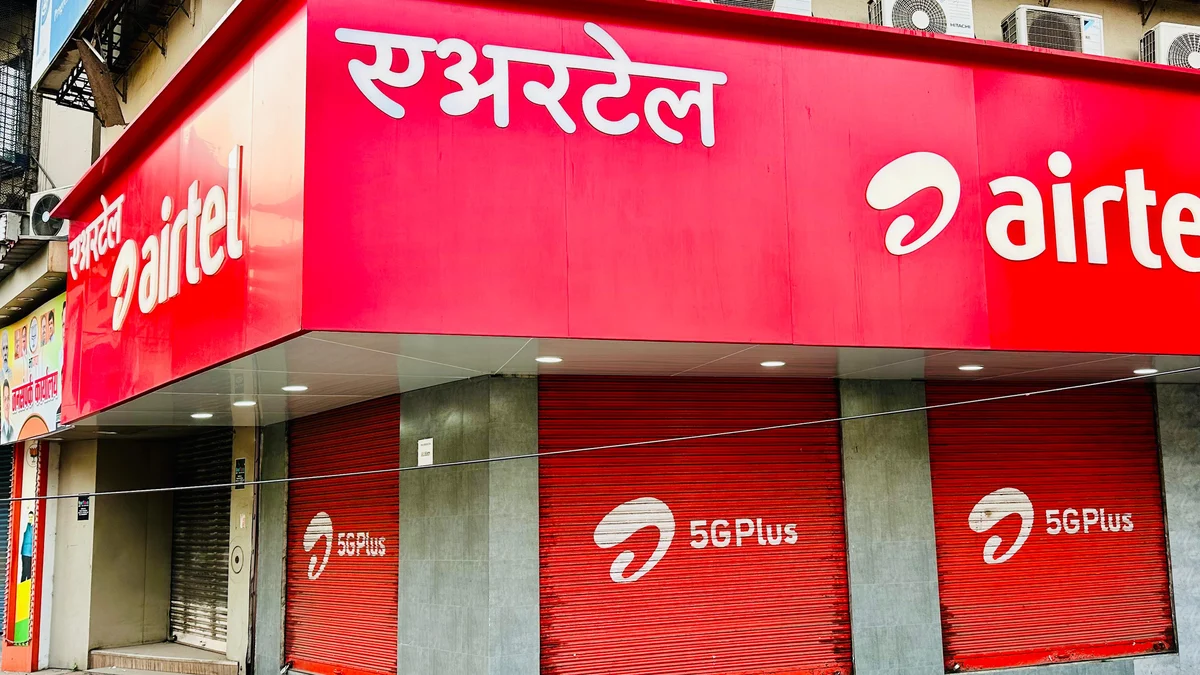Generative AI Could Boost Bank Revenues by 6% in the Next Three Years, According to Accenture Report

- Employee productivity could improve by up to 30%
- Return on equity could increase by 300 bps
Banks that move quickly to scale generative AI across their organizations could increase their revenues by up to 600 bps in three years, according to an Accenture research.
Using publicly available employee data, Accenture analyzed banking tasks to estimate how generative AI could impact bank employees’ time by function and then modeled the financial implications for banks over three years, using existing financial data from more than 150 large banks globally including public and private sector banks in India.
The analysis found that banks which effectively adopt and scale generative AI could increase employee productivity by up to 30%, streamlining numerous language-related tasks. Operating income could increase by around 20%, while return on equity levels could rise by 300 bps.
By helping banks operate more efficiently, the technology could lead to 1%-2% in cost savings, with cost-to-income ratios declining by up to 400 bps.
Reinventing Talent and Ways of Working
The report also analyzed how generative AI could help evolve 20 largest roles across banks. These roles fall into three categories:
- Roles with a high potential for automation: 41% of all banking occupation have a high potential for automation. Roles that primarily involve collecting and processing data could greatly benefit from automation as their routine tasks could be supported by generative AI. This could improve speed and accuracy, reduce costs and relieve employees of the more tedious aspects of their jobs.
- Roles with a high potential for augmentation: 34% of bank employees whose work involves a high measure of judgement, including credit analysts and relationship managers, could be empowered by generative AI tools.
- Roles that could potentially benefit equally from automation and augmentation: 25% of all bank employees will similarly benefit from both automation and augmentation, including customer service agents who spend time responding to inquiries, explaining services and preparing documentation.
Banks will need to optimize the usage of their generative AI applications and upskill existing employees while attracting specialized AI and data talent to support the scaling and operationalization of the technology.
The roadmap for enterprise-wide adoption
Banks that have early success with generative AI share some common traits:
- Strong board level and C-suite sponsorship backed by value-driven business cases – Focus on lower risk, high-volume use cases (middle and back office), with a defined operating model and centralized discretionary funding to pilot high-value applications.
- Robust data foundation and management approach focused on ownership, quality and accessibility – Forward-thinking banks have strong data governance policies and procedures in place and have started migrating from data lakes to decentralized data meshes.
- Secure AI-enabled cloud infrastructure – To make the most of generative AI, a modern digital core leveraging the power of cloud, data, and AI is essential.
Manoj Singodia, MD and Lead – Financial Services, Accenture in India said, “To unlock generative AI’s full potential, banks in India need to adopt a holistic and long-term strategy such that it integrates into their value chains. This will require reimagining traditional processes keeping AI at the core and building a robust foundation of data and digital powered by cloud.”
METHODOLOGY:
Accenture used data from the US Bureau of Labor Statistics and the Occupational Information Network to analyze 2.7 million banking employees in the US as well as the 170 roles and 3,500 tasks they perform to assess the impact of generative AI on labor productivity. Accenture tagged each task and the time employees spend in performing it in one of four categories: high potential for automation, high potential for augmentation, low potential, or no language tasks.
It then modeled the financial implications for banks — based on financial data from the largest 154 banks globally (excluding China) over a 12-month period ending September 2023 — if generative AI was adopted quickly over a three-year time horizon, echoing the adoption timeline of technologies such as smartphones and social media.



